Probably everyone knows what soft velveteen fabric looks like. It is a material that has a non-uniform rib on the front side. What it is, what advantages it has and how it is to wear, below in the article.
What is velveteen: history of origin
The origins of the material date back to the Middle Ages. It appeared as a result of an experiment by weavers who cut the weft fabric throws and got fluffy row threads. When the weavers realized that the experiment was successful, the formula for obtaining velveteen was kept secret.
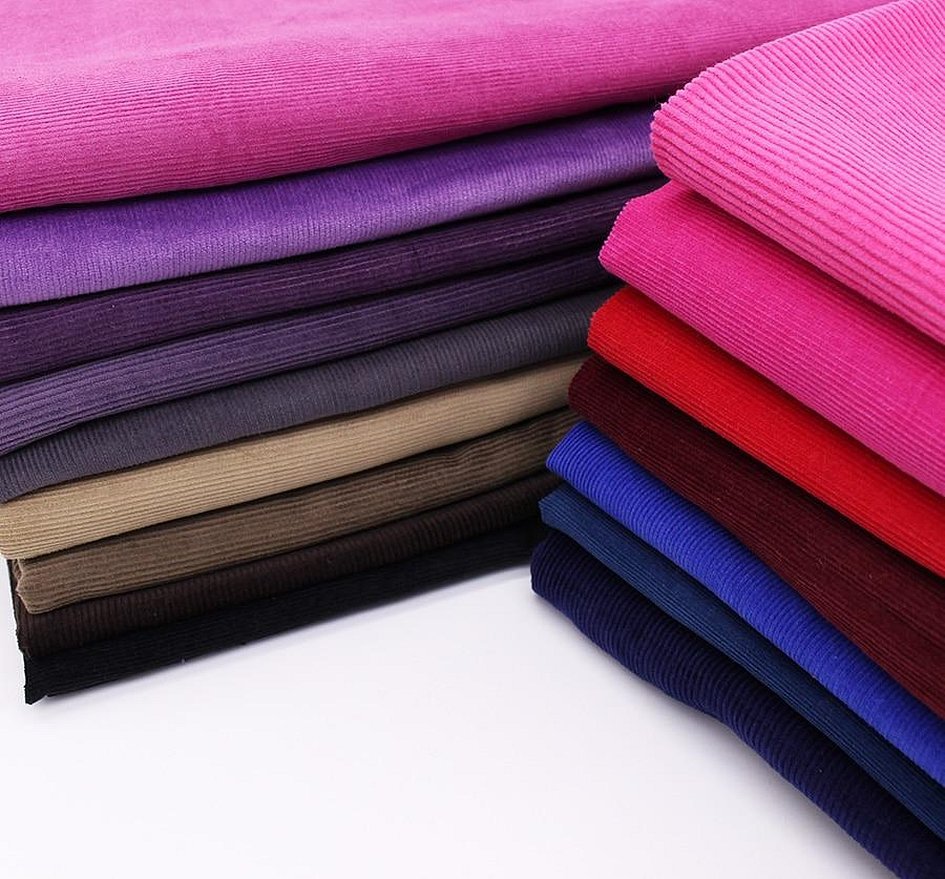
The secret was passed from father to son. Over time, when the technology was improved, curtains and clothing items began to be made from it. Traditionally, burgundy velveteen fabric was considered the clothing of kings. Ordinary people were not allowed to wear it, since clothing determined a person’s class. By the end of the 19th century, velveteen reached the Russian nobility, and by the middle of the 20th century, it came to the attention of couturiers.
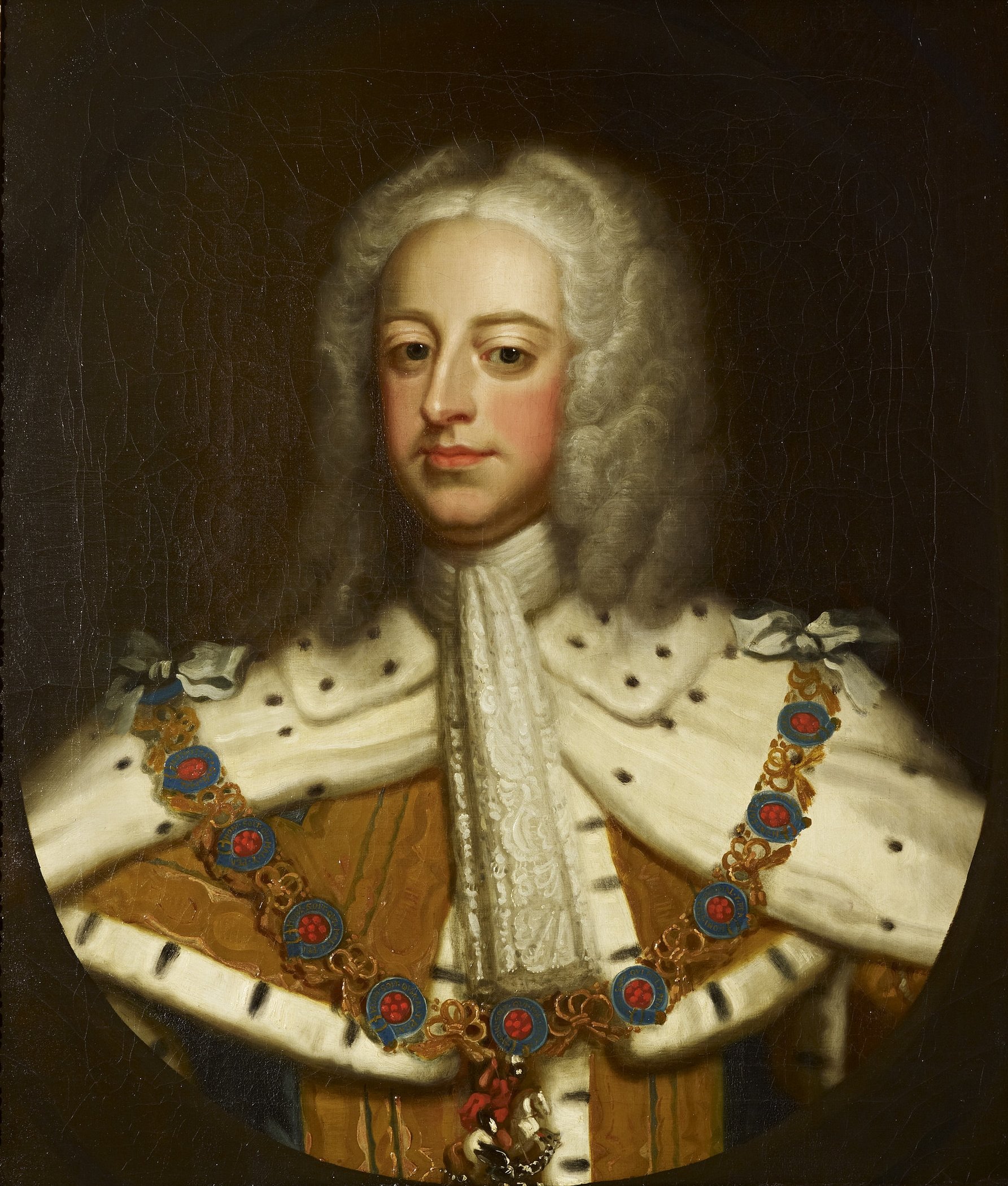
Velvet: composition and properties
At one time, only cotton velveteen was produced. But in modern production it is rarely found. Now most often they use a mixture of cotton with synthetic additives. As them they use:
- viscose;
- elastane;
- polyester;
- polyamide.
Please note! There is another, no less popular option, when the velveteen (fabric) is completely synthetic. It is unpretentious and more durable, but, as is clear from the composition, it is not natural.
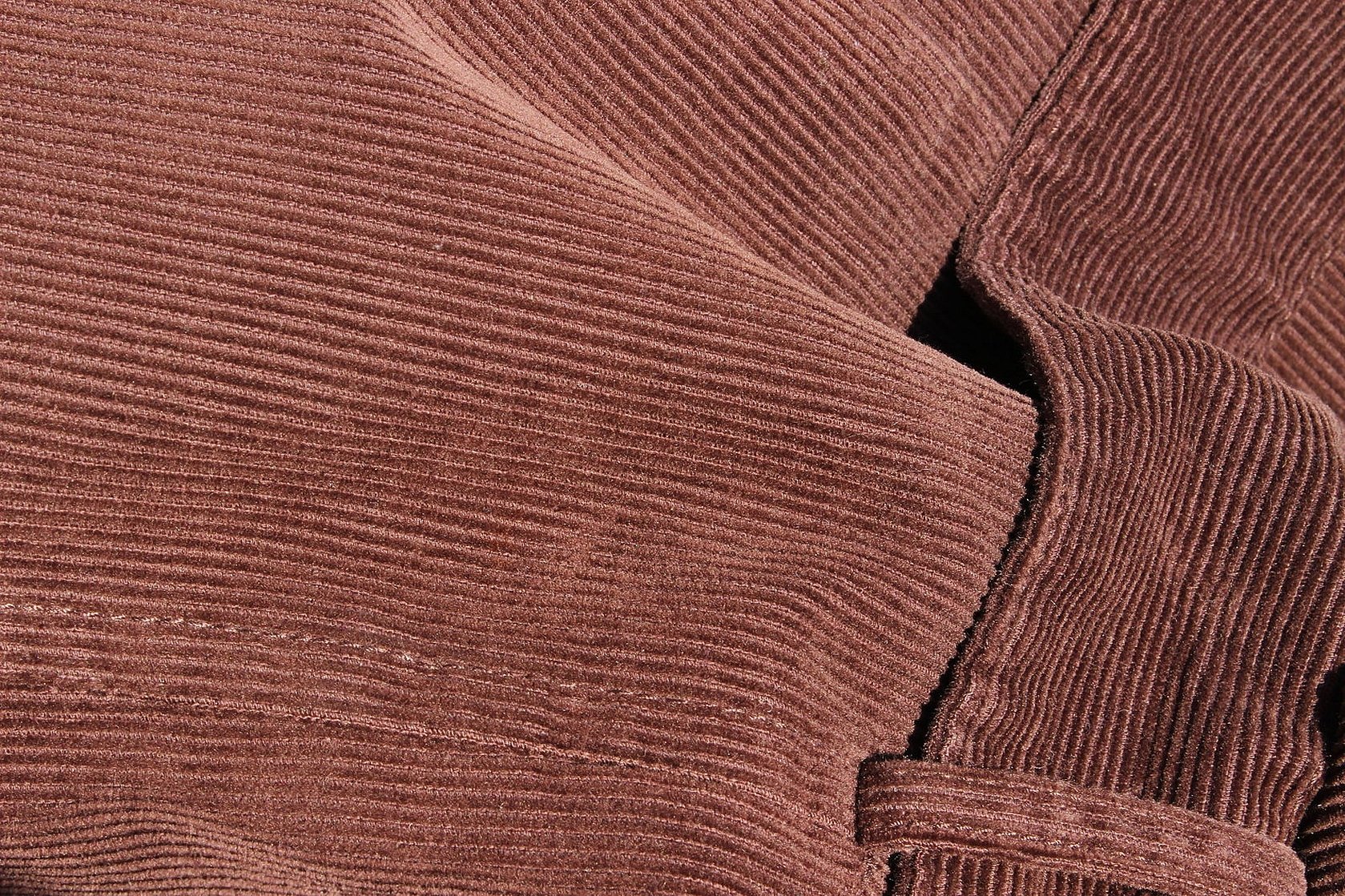
The main properties are softness, strength and abrasion resistance. This material is durable, especially for synthetic types. The material does not stretch, but has a pleasant pile, similar to thick eyelashes. The fabric also has low wrinkling, is quite dense and warm.
For your information! Velvet is a fabric that is ideal for windy, cool weather.
Production technology
A special machine is used for production. It interweaves layers of threads in different ways. In this case, one thread is always pile-forming, different from the others. The last stage is considered to be cutting across the coatings. Pile appears at the place of the cut, and the machine produces a couple of ready rolls of material.
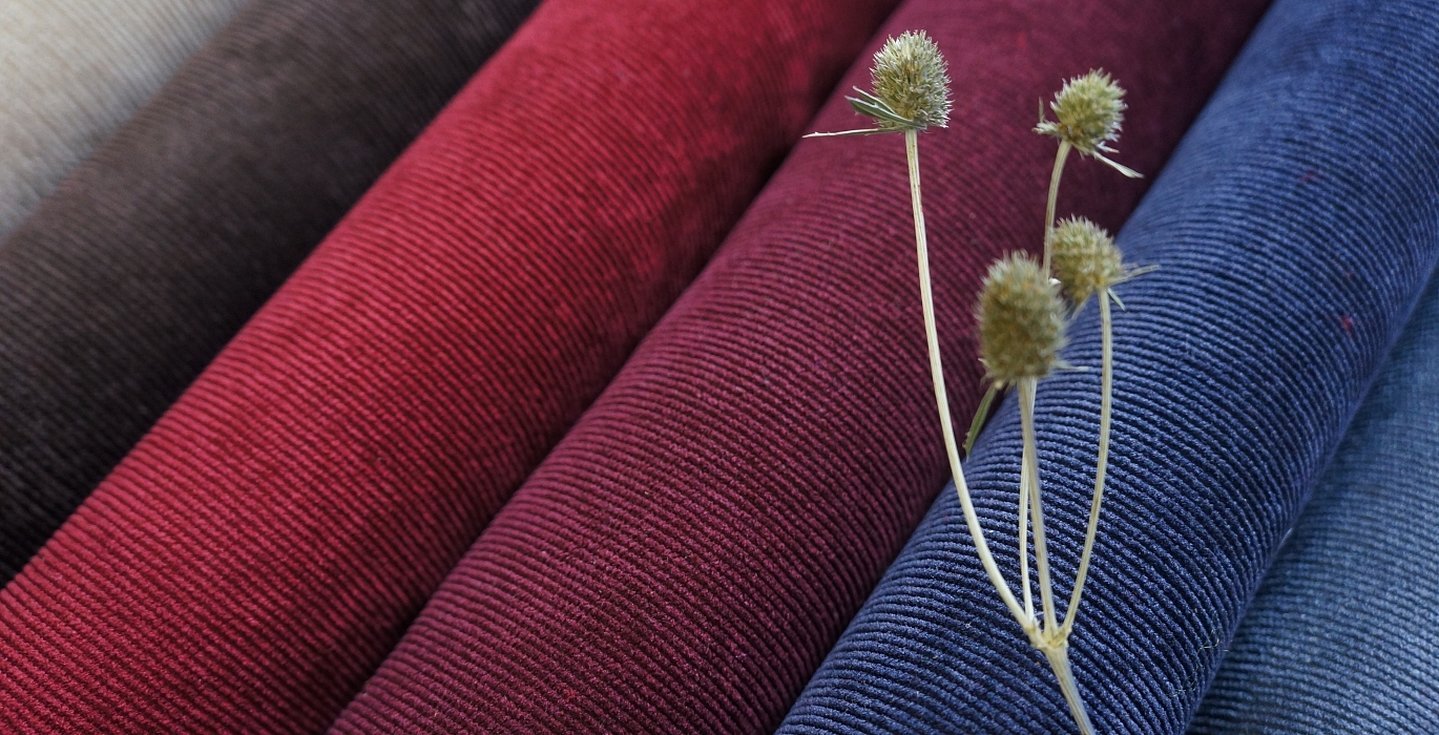
Varieties
The fabric is rich in varieties:
- Velvet cord. Distinctive features include a high rib. Its height is from 1.5 mm, while the rib is very wide. The densest threads are used to produce this type of material, and the fabric turns out to be very warm.
- Velvet rib. This type is characterized by small ribs and short pile. The fabric is pleasant to the touch and very light. Ribs are divided into classic (with an average height and width of the rib, the number is within 10) and micro-velvet (fabric that has about 14 ribs). There are also models with a wide or complex rib.
- Shaped. It is distinguished by the fact that rusins on the fabric are created from threads, which makes this type especially popular.
- Velveton is a smooth velveteen with an uncombed pile. It is dense, resembles suede, and is slightly velvety.

There are also synthetic varieties of corduroy fabric: stretch corduroy, which got its name because it stretches well; luxury corduroy, used for furniture upholstery; material marked "frost" is known for the effect of frost on the fabric.
At present, production has expanded significantly. People have learned to produce corduroy fabric with different patterns and rib placement and sizes. It is possible to create fine corduroy and vice versa. The density of the fabric is also industrially changing.
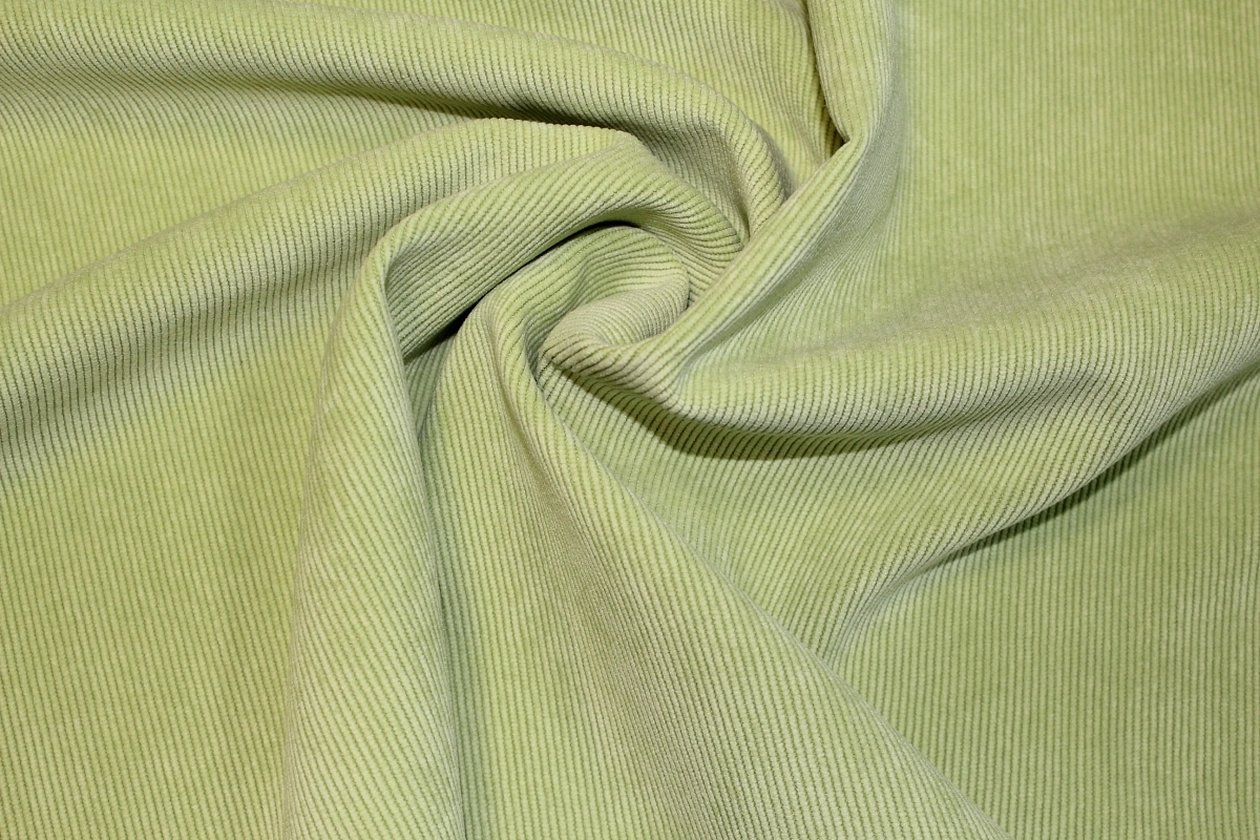
Very often corduroy is confused with velvet material, but these are different fabrics. The methods of textile production for them are also different. The colors for this type of material are usually monochromatic. For example, when sewing, gray corduroy is often chosen.
For your information! Depending on the use, the material is divided into furniture, curtain and suit and clothing material.
How to distinguish velveteen
In addition to velvet, corduroy material is also confused with velour. How to distinguish between these three different types of fabric:
- Velvet. Its base is silk threads: four are used as a base, and the fifth is used for the pile part. This type of fabric is often used in furniture production, for example, it can be used to reupholster a sofa. It is also used to sew clothes and New Year's dresses, suits.
- Velour. Velour is similar to velvet. It differs in its longer pile. It is less porous than suede. Usually a combination of cotton + wool is used in production. The same furniture fabric, but slightly softer than velvet.
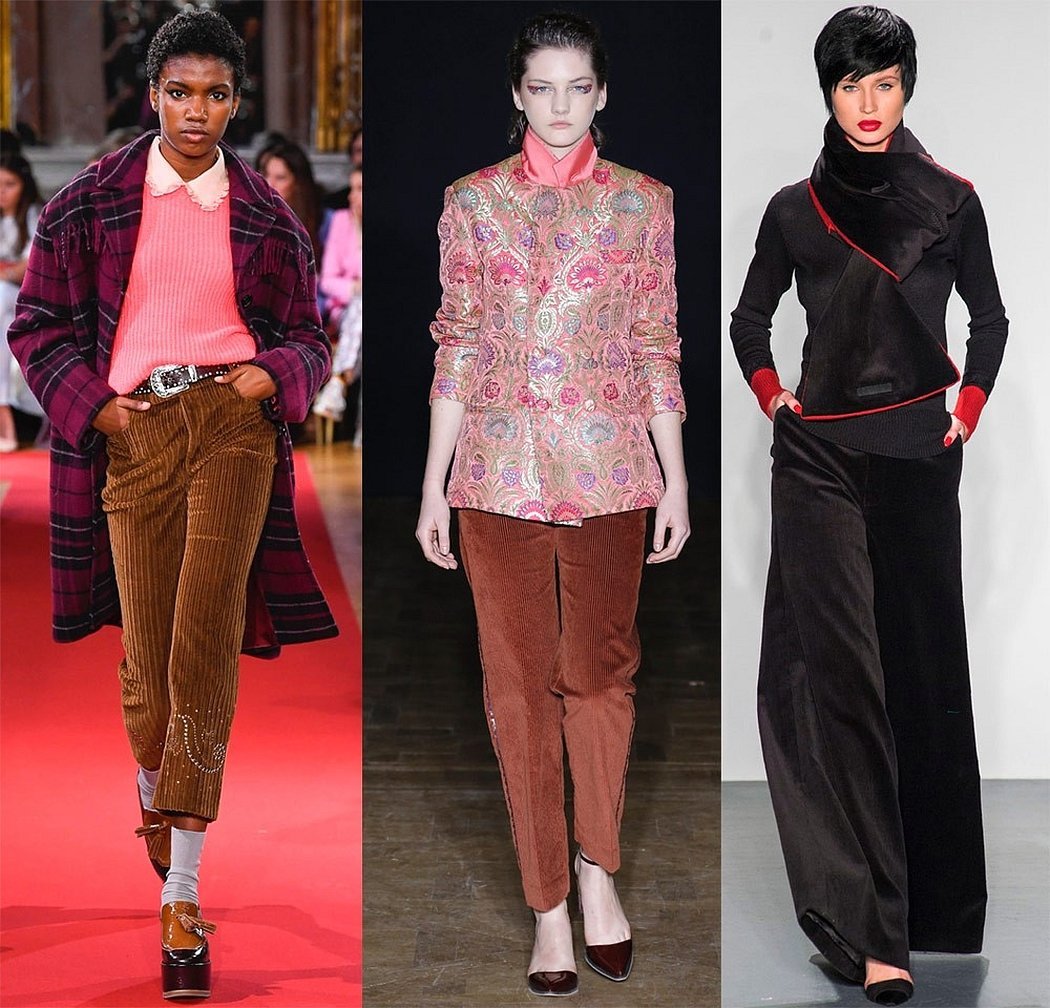
For your information! The differences are visible visually and to the touch.
Scope of application
The scope of application is very wide. This is due to the fact that different types of corduroy vary greatly in density. What can be sewn from corduroy?
Dresses and trousers are most often sewn from thin types of corduroy fabric. Also, hats and jackets can be sewn from corduroy. Shirts are preferably sewn from microcorduroy.
Of the largest wardrobe items, coats and some types of shoes are available for sewing. Bulky curtains were once popular, but went out of fashion. They were replaced by lighter curtains. Almost all types of textile products are also made from this fabric: from pillowcases to bedspreads.
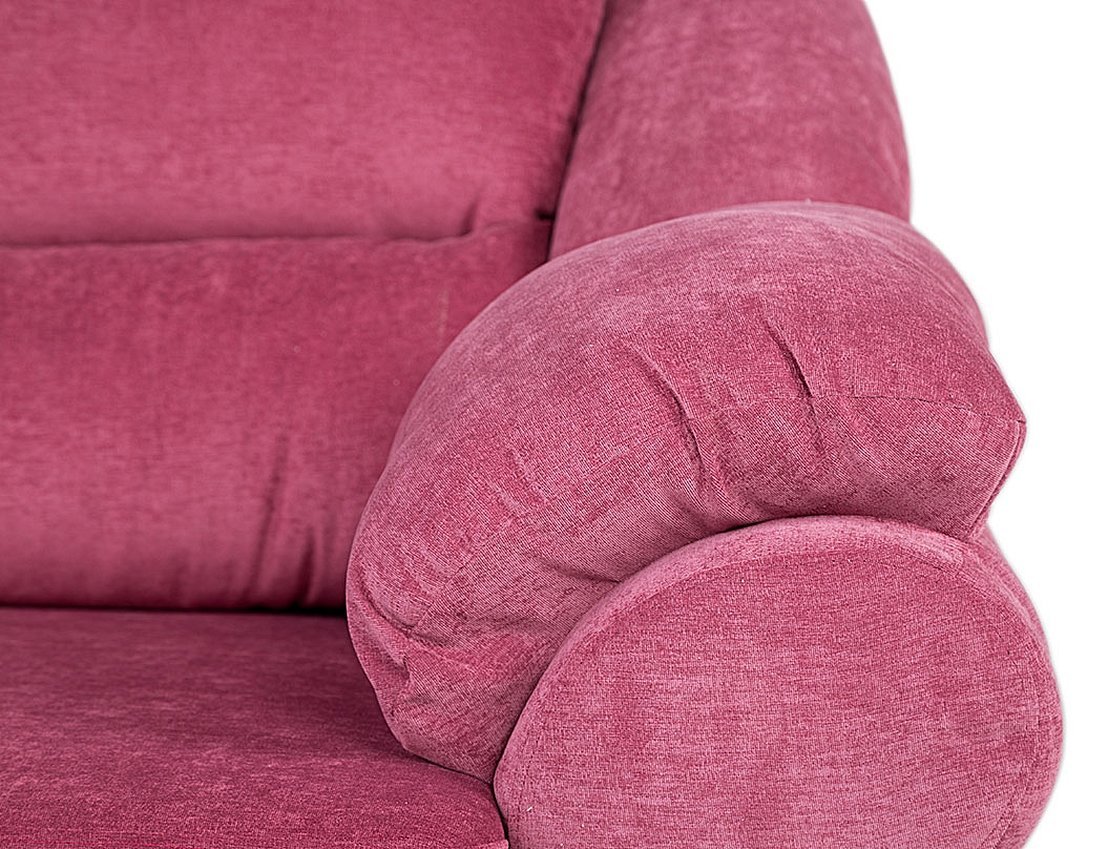
Please note! In the furniture industry, this material is good for upholstery of sofas, armchairs and similar products. The use of velveteen in upholstery provides a soft surface.
Care instructions
This type of fabric requires delicate care. If you don't take care of it, the product will eventually just have to be thrown away.
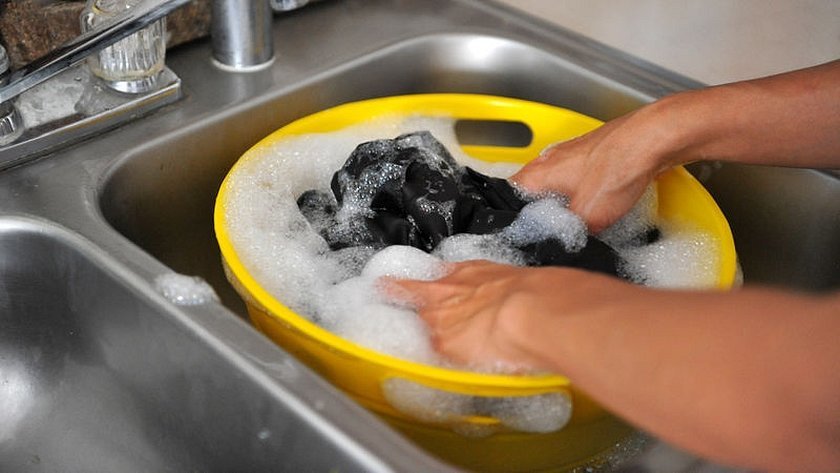
Wash and dry
It is highly undesirable to wash items made from this material in a washing machine.
Basic rules:
- If machine washing is necessary, use the hand or delicate mode. Maximum temperature is 30-40°C;
- hand washing is preferred for products;
- the spin should not be too strong. The product is wrung out a little, then dried on a hanger or a dryer. It is better not to use the spin in the washing machine;
- drying on radiators and heaters is prohibited;
- Ironing the product from the front side is strictly prohibited. Ironing is done through a layer of cotton fabric at low temperatures. The material must be dry.
Fabric care:
- dust is removed from the products using a brush, but rubbing too vigorously is prohibited;
- If there is serious dirt, it is advisable to take the item to a dry cleaner. Dry tape can be used for the same purpose;
- Washing can be replaced by wiping with a sponge. A wet sponge is soaped, then the product is wiped with it. After this, the fabric should be immediately wiped with a dry sponge;
- to give the product a shine, you can soak it in a solution of ammonia, after cleaning the fabric from dust. The solution is diluted in a ratio of 5 liters of water to 1 tbsp. of ammonia. The procedure lasts 15 minutes, after which the product is washed in soapy water and rinsed well;
- steaming is carried out in a vertical position;
- The material should not dry for too long.
Advantages and disadvantages
The main advantages of the fabric include durability. The material is considered a "long-liver" and does not wear out quickly with proper care. Velvet does not stretch and has low wrinkling. The material is warm, but pleasant to the touch.

The material also has a significant drawback - it is difficult to care for. This is the reason why many people prefer to buy things made of other materials. The fabric also attracts dirt and dust. This happens because of the velvety front side of the material.
The disadvantages of cotton velveteen include the property of shrinking after washing. In synthetic material, the main problem is the increased electrification of the pile.
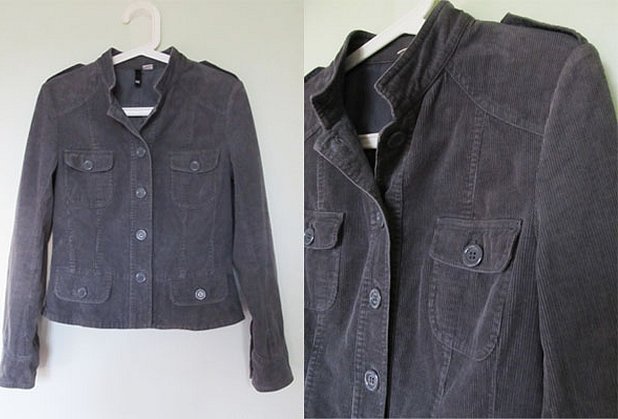
Customer Reviews
Be that as it may, the reviews on the Internet are mostly positive.
Nina, 35, Yaroslavl: "I bought my daughter dark red corduroy pants. We've been wearing them for two years now. True, dust collects quickly, but we clean them with a brush and wear them only when going out. I'm happy, I'll buy more."
Irina, 58, Vladimir: "I've always liked the look of corduroy jackets. I bought one for myself on a friend's advice, wore it a couple of times, and now it's hanging in my closet. It's too hard to take care of."
Maria, 45, Korolev: "I bought a sofa for the living room, covered in velour. I really liked the material. Soft, rich in appearance. Easy to clean. And I buy velour things. I like the various ribs in the fabric. It is warm in the fall and winter."
Despite the difficulties of care, the advantages exceed the disadvantages, so the velveteen material is in demand. It looks beautiful and expensive. This is what makes many people buy things made of velveteen fabric.
https://www.youtube.com/watch?v=ZRFO2O4em6U




